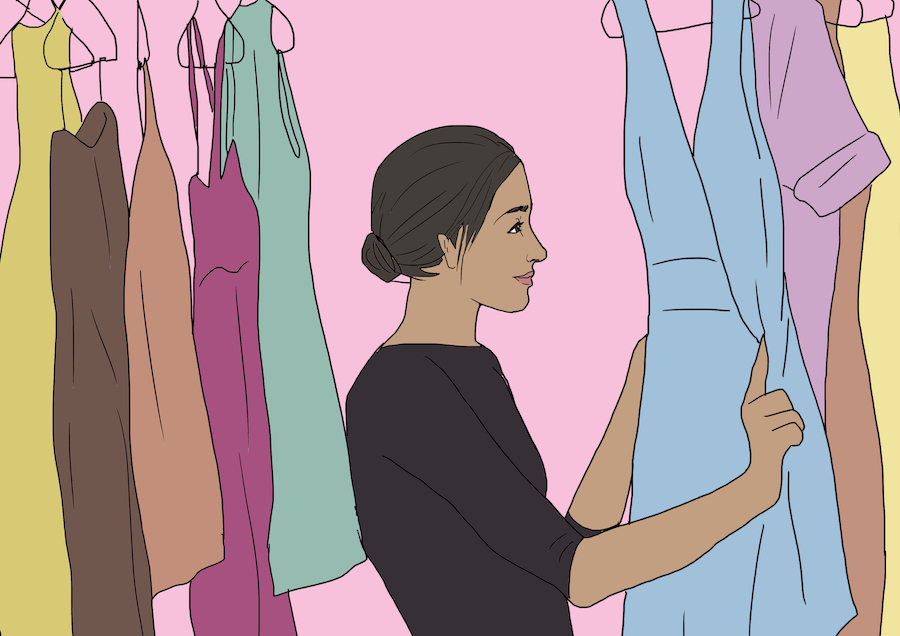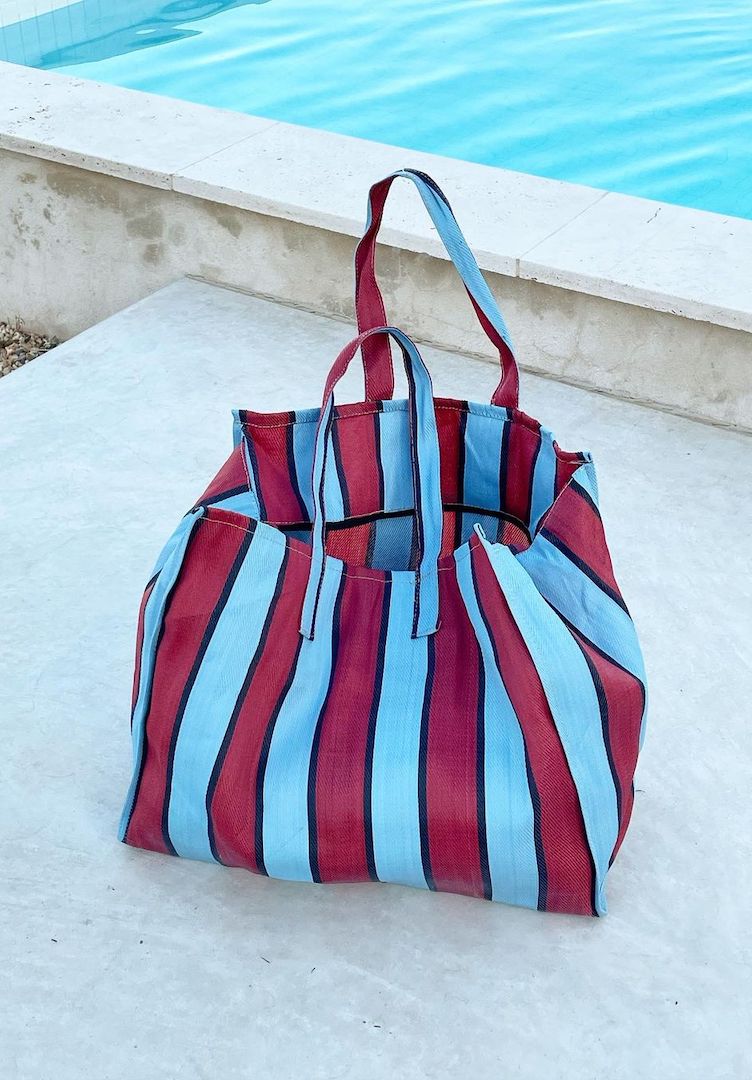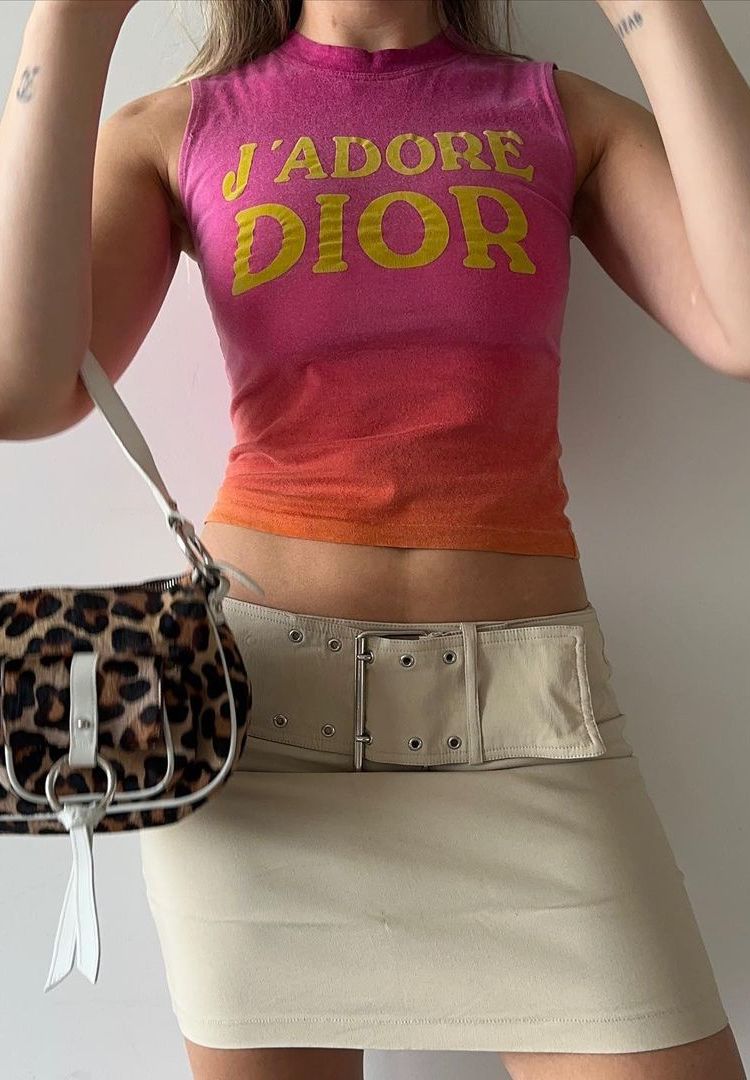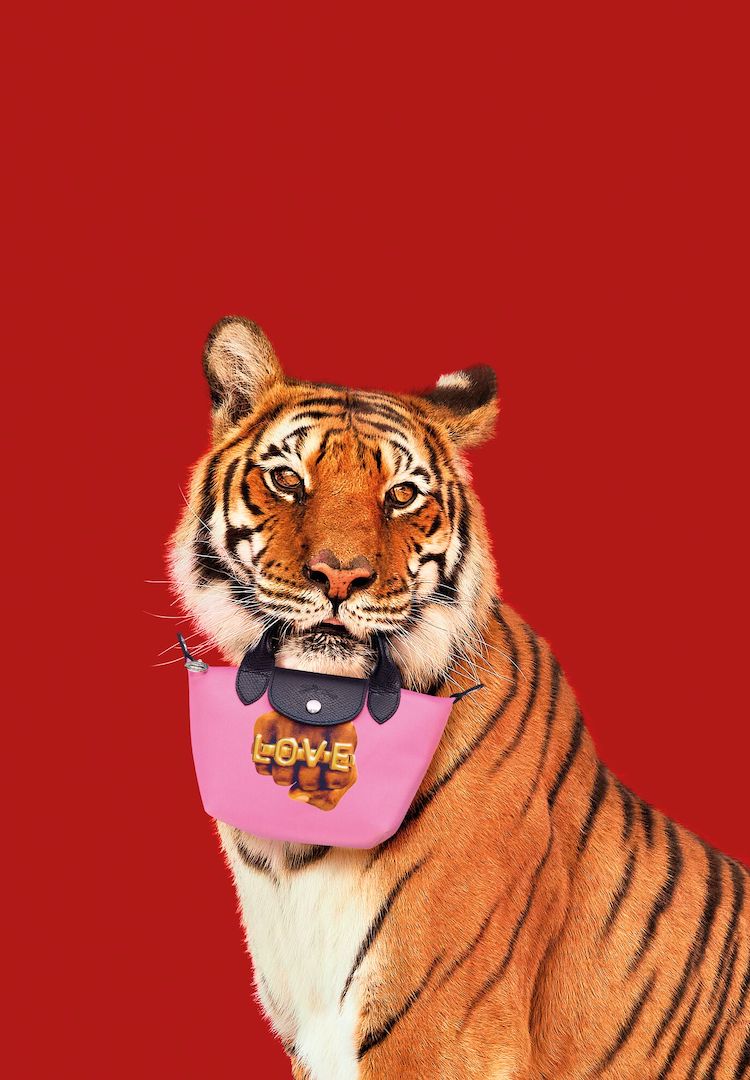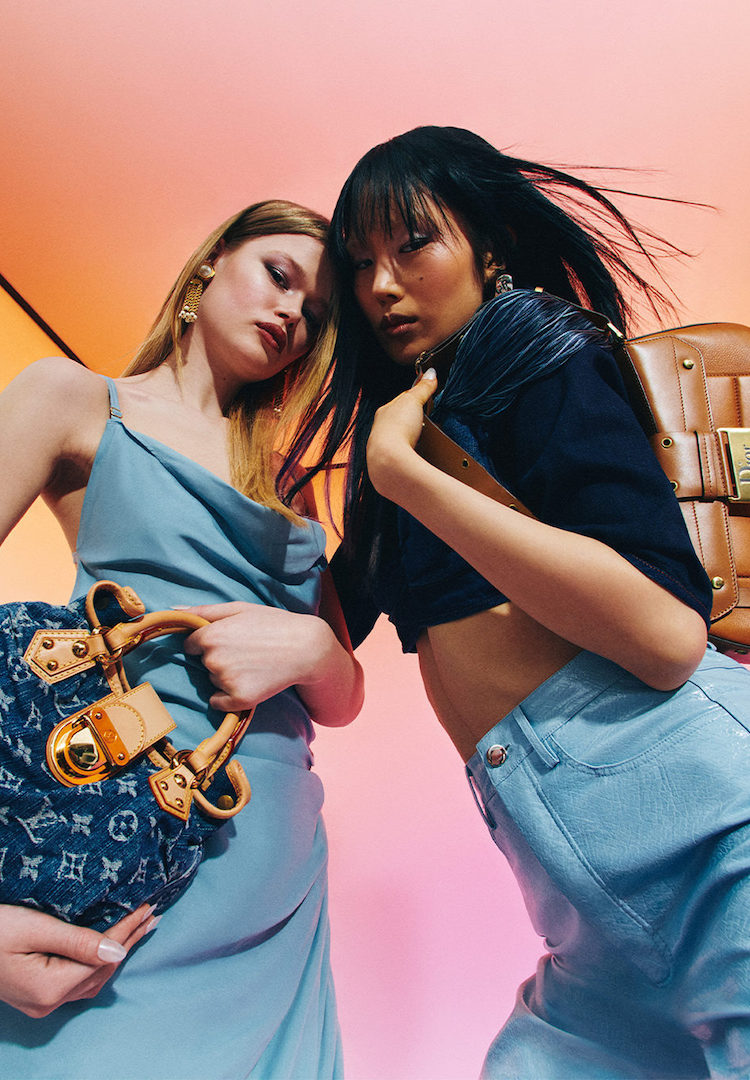How to be sure you’re not buying a fake
One to add to bookmarks.
Counterfeiting is a big problem in the fashion industry.
In the past year alone, we’ve seen Alexander Wang successfully sue no less than 50 defendants for stocking counterfeit goods. We’ve seen Louis Vuitton, Gucci and Saint Laurent join together to take Alibaba Group to court for its part in counterfeit sales. More recently, we’ve seen LV and Alibaba teamed up with 20 luxury groups to help combat the problem.
But fake goods are still everywhere. And with the rise of peer-to-peer commerce and consignment stores, it can be pretty hard to know if you’re buying the real deal. Especially when looking at vintage designer goods.
So how do you know you’re not getting ripped off?
We asked Vestiaire Collective. The luxury resale site independently verifies the authenticity of every single product sold through its platform, to ensure no counterfeit goods are passed on. Understandably then, they know a thing or two about spotting a fake.
With the website only recently celebrating its launch in Australia, we thought it perfect timing to work with the team and put together some guidelines.
Things to keep in mind
First up, you want to check the item corresponds to the quality of the brand. Vestiaire Collective initially checks the external look and feel of each item, then looks for specific details relevant to the brand and style/model.
“Each brand has its own code,” explains the team. “For example, Hermès has a letter to the year it was made. For Louis Vuitton, it’s a date code which indicates the year and where it was manufactured.”
Specifically, you want to look out for:
- Quality of material
- Typography
- The overall finish
- Engravings
- Serial numbers
It’s also worth giving any secondhand leather designer item a sniff. Fakes are often produced with man-made materials and can smell of glue.
A certificate of authenticity doesn’t really mean anything
No real surprises here, but certificates of authenticity can easily be (and often are) falsified. To get around this, Vestiaire Collective suggests requesting further evidence of authenticity, such as a receipt:
“If the item is purchased from a verified website such as Vestiaire Collective, that proof of purchase has also been checked by our team of experts,” noted the team.
Know the most common counterfeit styles
Lastly, it’s worth knowing what styles are most likely to be counterfeit.
For example, Vestiaire Collective points to Chanel’s The Timeless and 2.55, Hermès’ Birkin and Kelly bags, and anything featuring Louis Vuitton’s iconic monogram.
“For all the other leading brands it’s usually their iconic styles. For example, it’s the Cartier LOVE Bracelet or Louboutin Pigalle shoe that will get copied. We also see the more current trend-led styles, such as the Gucci Princetown slides or Vetements sweaters.”



